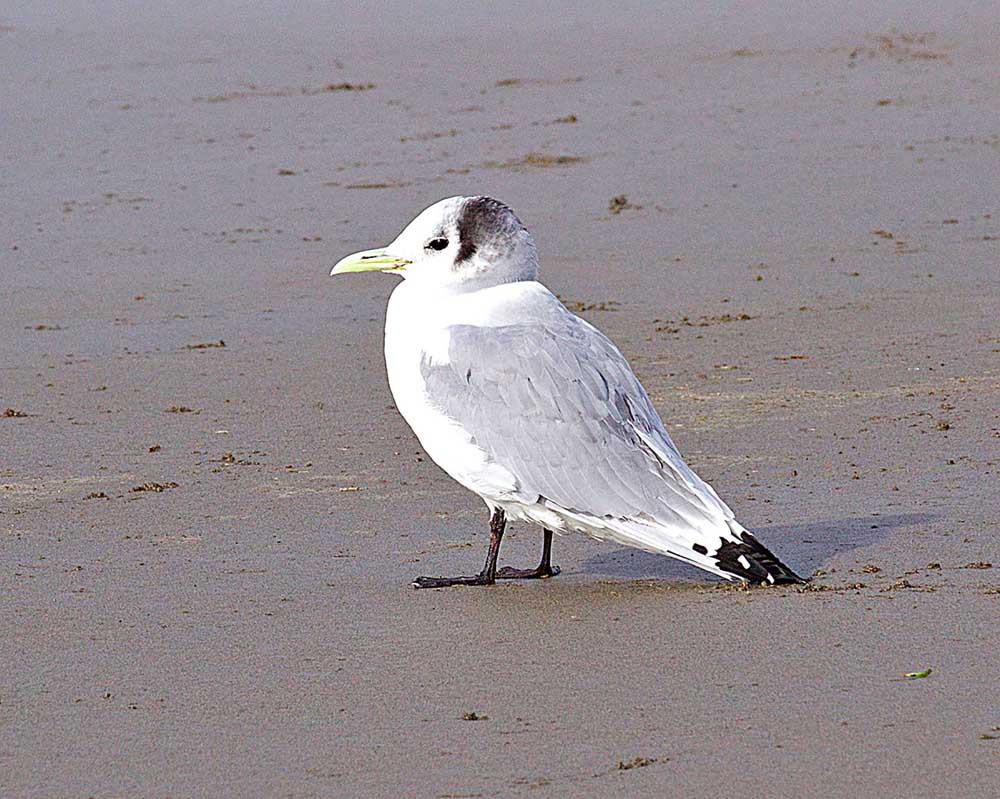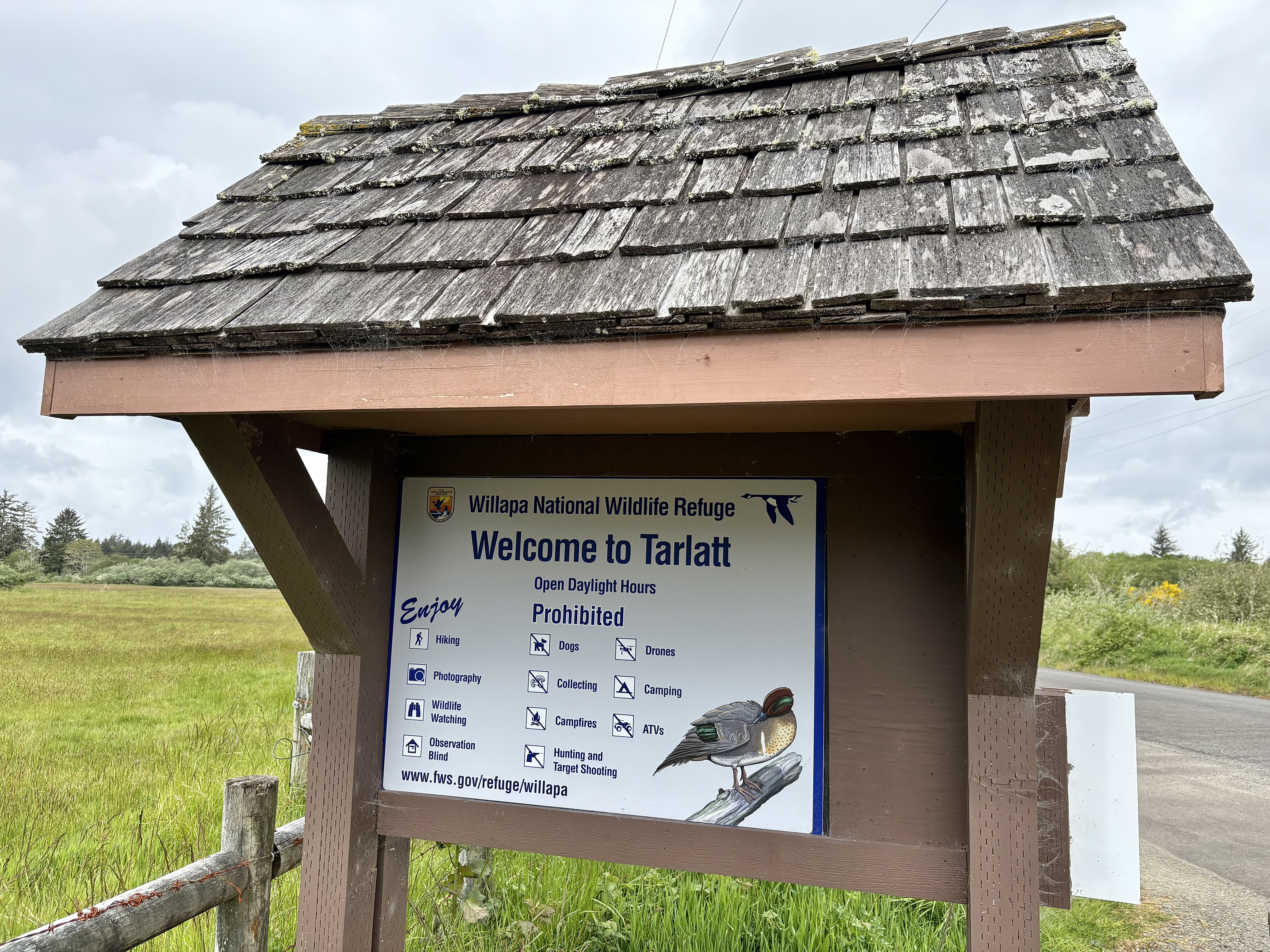Birdwatching Black-legged kittiwake: An unexpected beach treat!
Published 9:19 am Tuesday, February 20, 2018

- The posture and the short black legs of the black-legged kittiwake gives it the appearance of being extra heavy at its back-end.
Imagine driving on the beach and seeing a pale gull that looks small and overweight at the back end. What came to mind as my friend, Susan, and I traveled the sandy highway, was an emotion of excitement and surprise. It was our first sighting of a black-legged kittiwake on the Peninsula. The excitement mounted as we photographed and discussed the sighting. The key to its identification was its very short black legs, a dark collar or a black smudge on the back of the head and its posture of an upward angled body. It looked like it was dragging its tail, which made it appear back-end heavy!
Trending
We continued our travels north on the beach highway. Sanderlings, dunlin and semi-palmated plover dotted the beach running with the waves, stopping, and then driving their bills into the hard sand to retrieve whatever lurked just below the surface. They seemed to be fully satisfied with the invertebrates they found. A few northern fulmars were also seen, but were among the dead birds noted on the beach that day, but they can often be seen live out at sea!
Carrying on we also saw many bald eagles perched on the eagle perches placed in the dunes so they could have a high vantage point from which to scout for prey. It was good day to look for birds on the beach! As we closed in on the Ocean Park approach, there sat another back-end heavy bird with a dark collar. Lo and behold, it was another black-legged kittiwake!
In both instances, the kittiwake was with other gulls, but stayed at the edge of the flocks. They appear to be loners. This made it easy to spot them. The black-legged kittiwake has a yellow bill and very short black legs. In the case of both sightings, the bird eventually flew off and went out to sea, where it seems to be more comfortable than it is on our Pacific beaches especially since it tends to spend the winter out at sea.
Trending
It is a relatively small gull with an unmarked yellow bill and short black legs. Its head and underparts are mainly white. Its wingtips are black. As you look at the wings, imagine that they might have been dipped in black ink. It may also have a dark spot at the ear. Juveniles have the dark collar, while non-breeding adults do not, but both have an ear patch.
The black-legged kittiwake is uncommon on the Willapa National Wildlife Refuge and environs and in Pacific County. Looking out to sea is the best way to look for this bird. However, as recently witnessed, it does come in to rest on the beach at times!
Black-legged kittiwakes are members of the gull family, but they are more pelagic, which means they inhabit the upper layers of the ocean sea especially after the breeding season ends. Unlike other gulls, they do not hang out at landfills, but will scavenge at fish-processing plants or fishing boats. It is the only gull that plunges like a tern, going head first into the water to snag fish and marine invertebrates.
The kittiwake gets its name from the sound of its call, which can be described as a repeated kitti-weeik. It is generally heard during the breeding season. Nesting occurs on cliff edges on islands, etc., off the coastal mainland.
The black-legged kittiwake was the most exciting sighting and indeed the best surprise of our beach drive, especially since our goal was to photograph shorebirds. The next time you look out to sea, maybe from the North Head Lighthouse area or the beach, watch for a small gull with black legs and an unmarked yellow bill. In addition, check out the flocks of gulls on the beach for a gull that is back-end heavy. It just might be a black-legged kittiwake!









